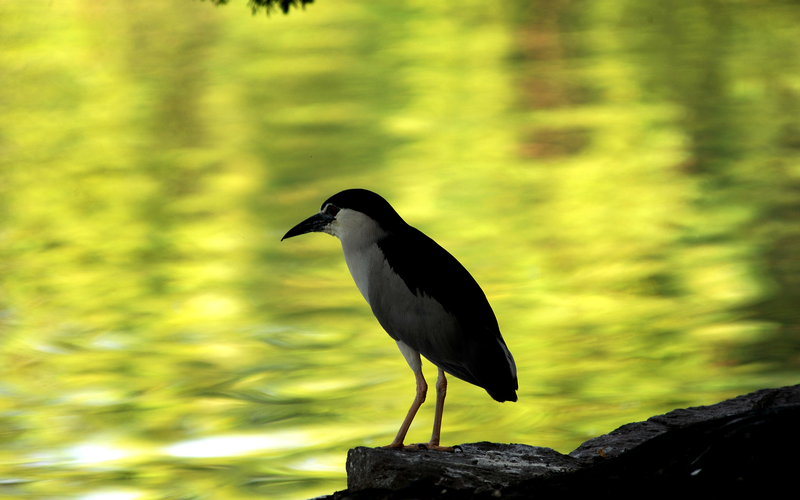When pedestrians in Zhengzhou, in the Chinese mainland, looked up at the plane trees lining a busy stretch of road this spring, they saw more than just green canopies – they saw an unexpected urban comeback. Hundreds of night herons have made their home above the city streets, earning one avenue the cheeky nickname "Sky Droppings Road."
This seasonal spectacle, peaking in spring and summer, has split local opinions. For some, the droppings are a sign of successful ecological restoration – proof that wildlife is reclaiming its place in urban spaces. For others, it's a messy nuisance disrupting daily commutes and dirtying cars.
Instead of simple relocation, experts urge a smarter approach: shifting from "controlling nature" to "adapting to nature." The herons' migration follows historical patterns and reflects Zhengzhou's evolving urban ecosystem. Forcibly removing them could harm bird populations and upset ecological balance.
City planners can explore solutions like seasonal buffer zones around nesting sites, protective nets in high-traffic spots, and public-awareness campaigns – small tweaks that ease the conflict without uprooting the birds.
Here's how forward-looking cities are balancing human and wildlife needs:
- Amsterdam's bat corridors: Corridor networks steer bats safely away from residential areas while protecting their roosts.
- Vertical forests: High-rises with lush terraces host insects, birds and greenery above urban jungles.
- Singapore's "Garden City": Integrated parks and green rooftops blend biodiversity into the heart of the metropolis.
Experts say success depends on:
- Respecting natural behavior: Understanding when and why animals migrate or nest.
- Flexible governance: Policies that adjust with seasons and habitats.
- Community engagement: Fostering tolerance through education and participation.
Zhengzhou's debate over "Sky Droppings Road" points to a wider shift: a move away from strictly human-centric planning toward a new model of multispecies coexistence. After all, a truly civilized city might welcome the prints of claws and the imprint of wings just as warmly as human footsteps.
Reference(s):
Resolving Zhengzhou’s 'Sky Droppings' Dilemma: Why Simple Relocation Isn’t the Answer
bjnews.com.cn
